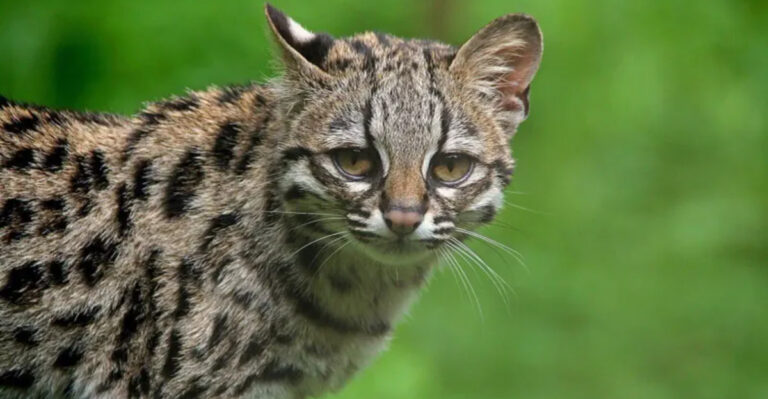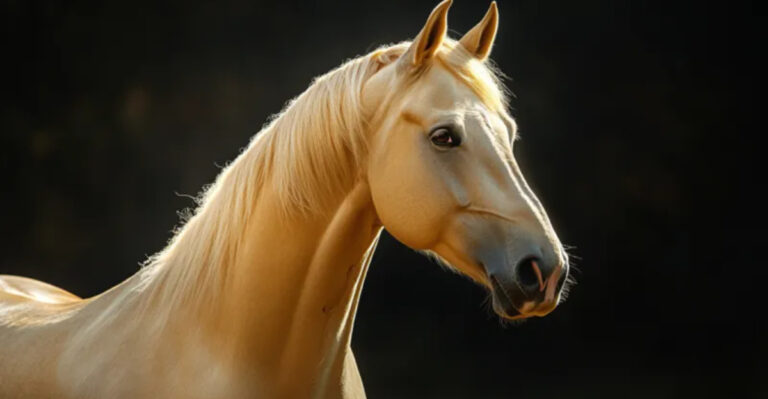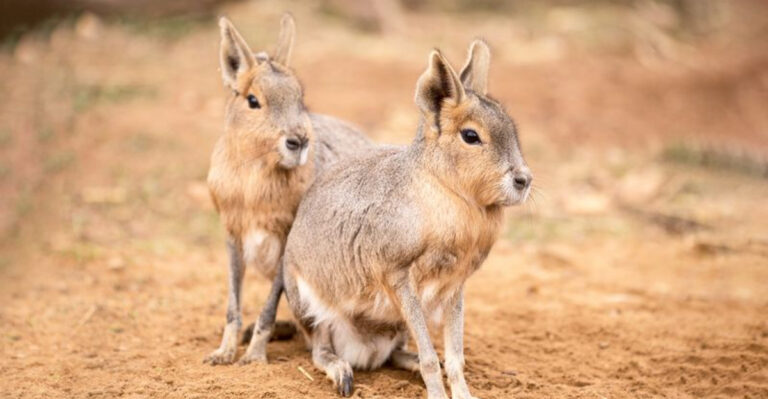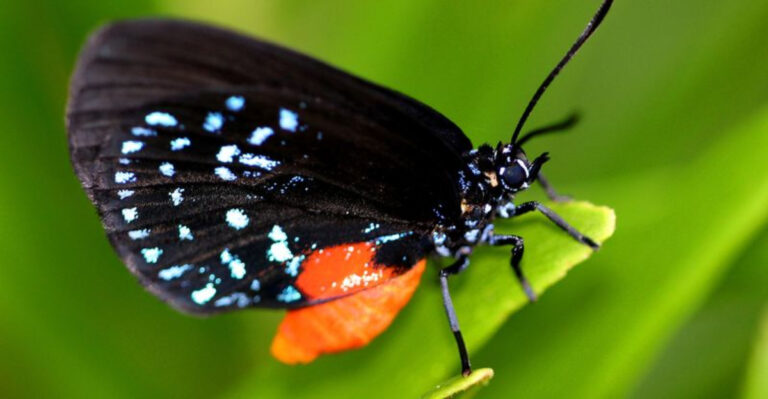7 Strongest Animals In The United States (And 7 Weakest)
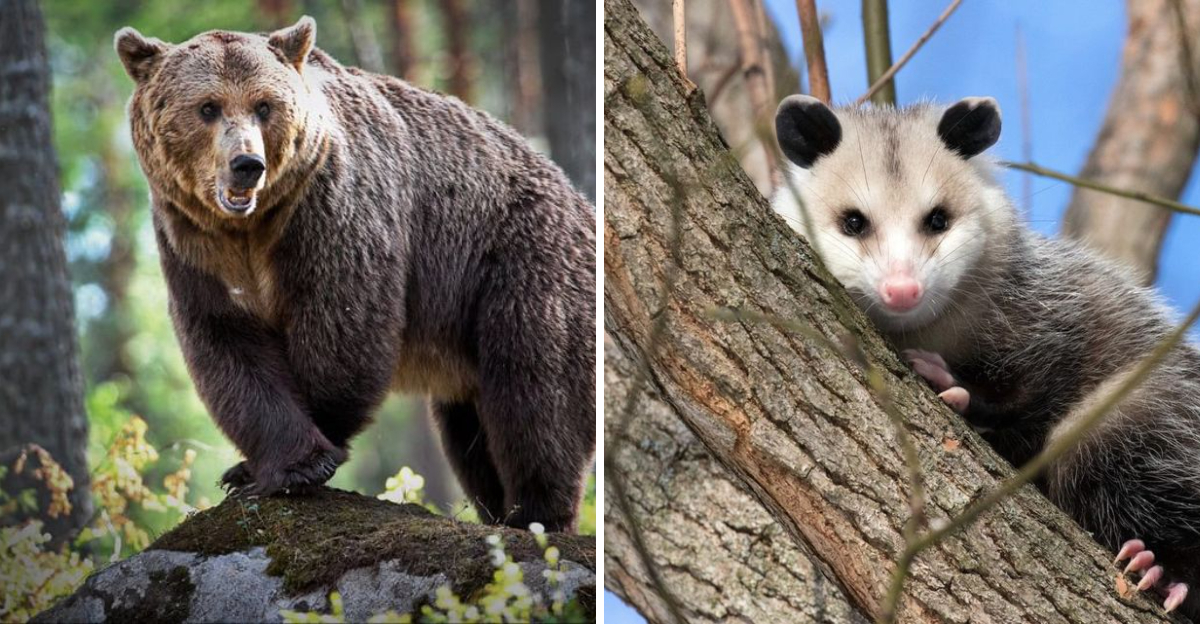
The animal kingdom shows incredible diversity in physical power.
From mighty predators that can crush bones with a single bite to delicate creatures that rely on wit rather than muscle, the United States is home to an amazing range of strong and weak animals.
1. American Bison
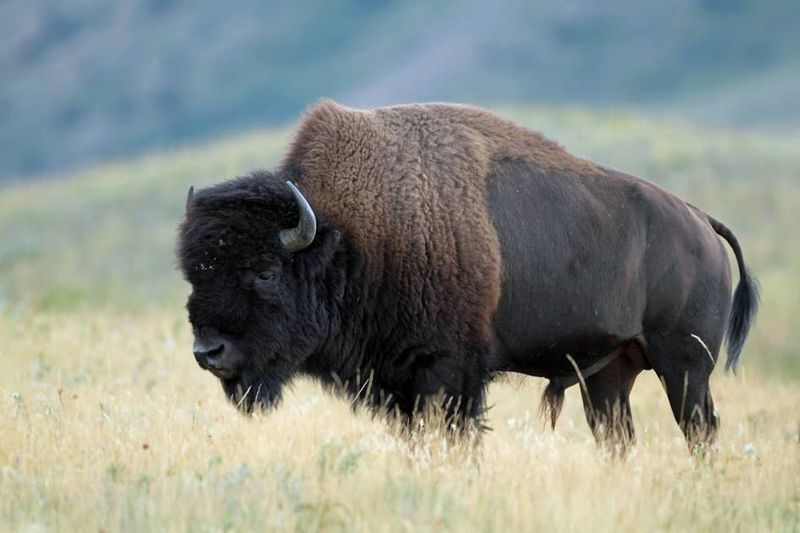
Weighing up to 2,000 pounds, American Bison can sprint at 35 mph despite their massive bulk. Their neck muscles are so powerful they can clear snow by swinging their heads like living snowplows.
During mating season, males battle by ramming each other with bone-crushing force. These icons of the American plains survived near-extinction and now showcase their impressive strength across protected grasslands.
2. Grizzly Bear
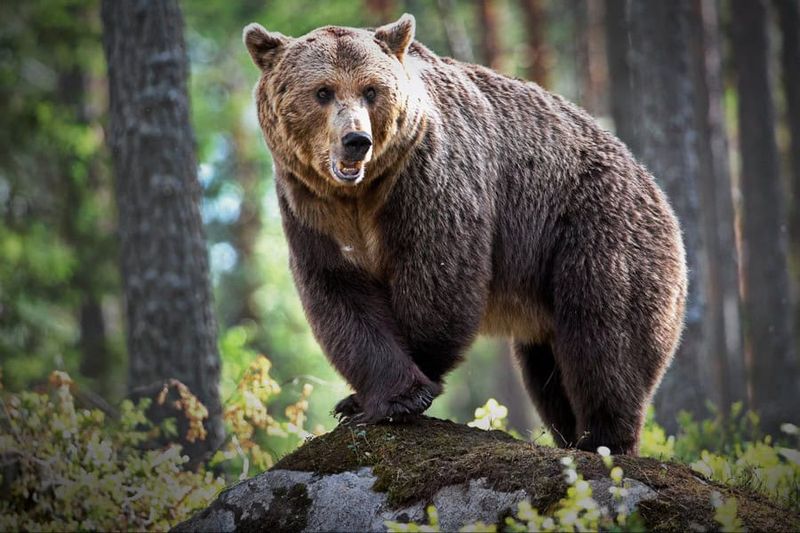
Ever seen a car flipped over? Grizzly bears can do that with their paws. With claws measuring up to 4 inches long, these powerhouses can dig up roots, flip 700-pound rocks, and carry elk carcasses uphill without breaking a sweat.
Their shoulder humps aren’t fat but pure muscle, giving them incredible digging strength. A single swipe can break a moose’s back instantly.
3. Alligator
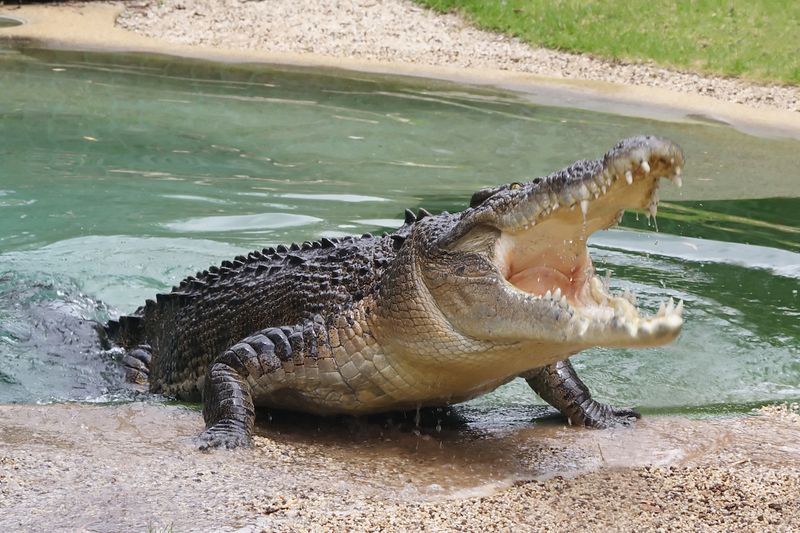
Talk about jaw-dropping strength! Alligators possess bite force measuring 2,980 pounds per square inch—enough to snap a turtle shell like a potato chip. Their tails pack enough muscle to launch their entire body out of water to catch prey.
Despite appearing lazy while sunbathing, these ancient reptiles can explode into action with surprising speed. Their muscles store energy like coiled springs, ready to unleash devastating power.
4. American Elk
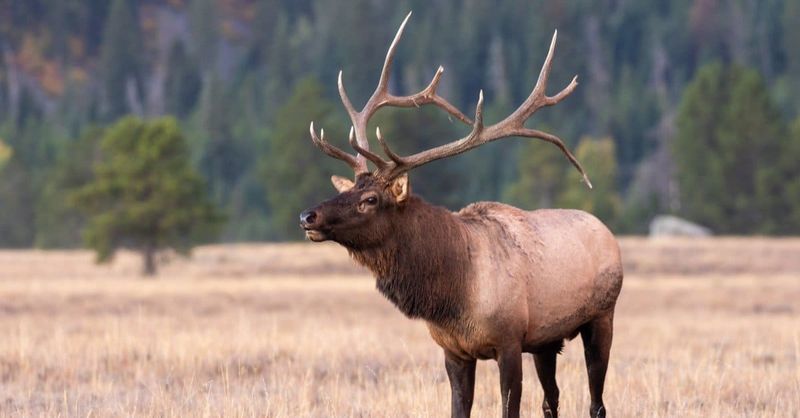
During rutting season, bull elks transform into natural gladiators. These 700-pound powerhouses can haul massive antler racks weighing up to 40 pounds while running through dense forest without slowing down.
Their neck muscles develop specifically to support these impressive headgear collections. When competing for mates, bulls slam into each other with enough force to shake the ground beneath them, yet their bodies absorb impacts that would cripple other animals.
5. Moose
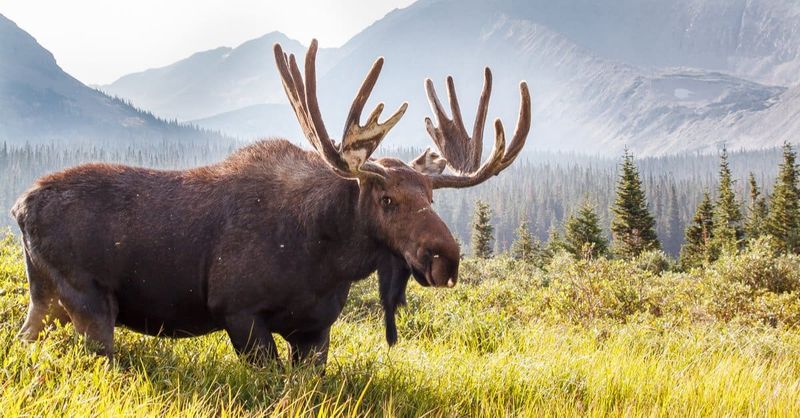
Standing taller than a horse and weighing up to 1,500 pounds, moose are walking muscle machines. Their long legs power through snowdrifts that would trap other animals, while their broad shoulders push aside saplings like toothpicks.
What’s truly impressive? Moose can swim for miles, even diving 20 feet underwater to reach plants. Their neck muscles alone can support antlers weighing as much as a ten-year-old child.
6. California Condor
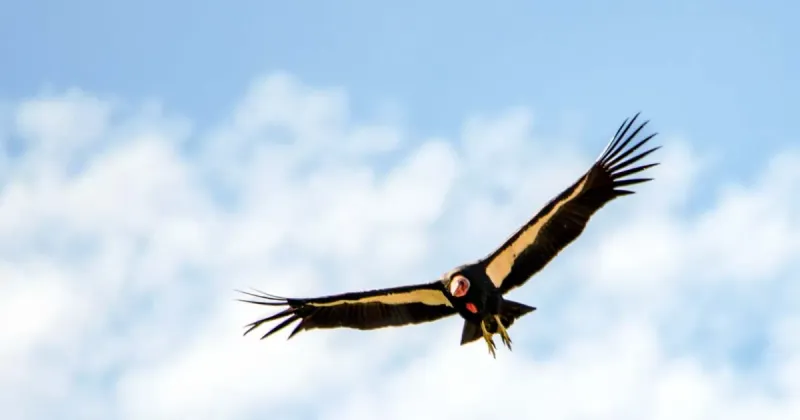
With a wingspan stretching nearly 10 feet, California Condors don’t just fly—they command the air. These aerial titans can soar for hours without a single wing flap, riding thermal currents while scanning vast territories.
Their flight muscles generate enough power to lift them 15,000 feet above ground. Despite weighing up to 26 pounds, these endangered birds can travel 150 miles daily searching for food, showcasing remarkable endurance alongside raw strength.
7. Cougar (Mountain Lion)
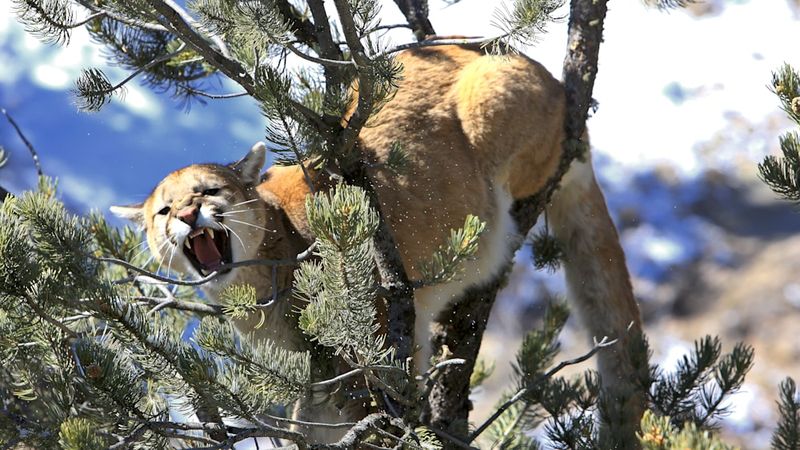
Pound for pound, few animals match the cougar’s athletic prowess. These cats can leap 40 feet horizontally and 15 feet vertically from a standstill—like jumping from the floor onto a second-story roof.
Their back legs store incredible energy, allowing them to pounce with six times their body weight in force. A cougar can drag prey three times heavier than itself up steep hillsides and into trees, displaying strength that would make Olympic weightlifters jealous.
8. Virginia Opossum
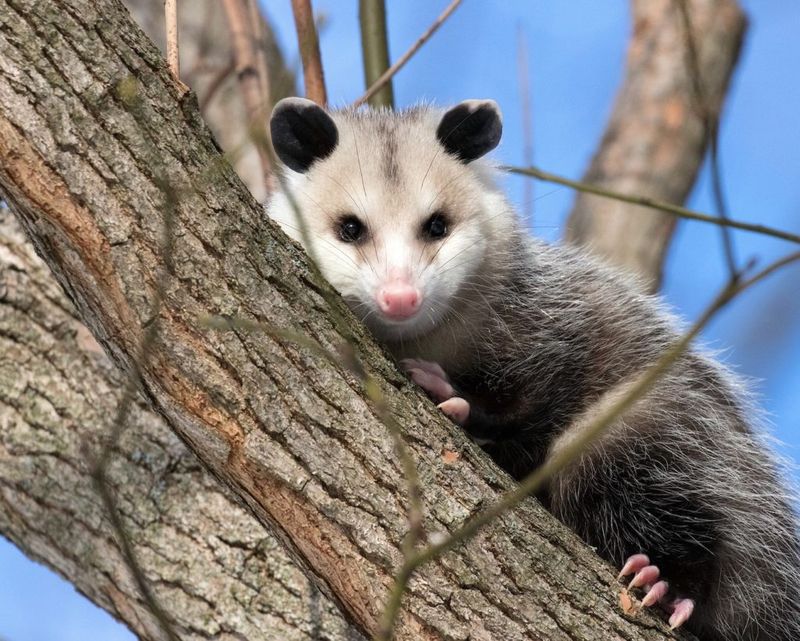
When danger approaches, Virginia opossums execute the animal kingdom’s most unconvincing death scene. These marsupials lack the muscle power to fight or flee effectively, so they’ve evolved a different strategy altogether.
Their bodies enter an involuntary catatonic state, complete with drooling and a foul-smelling secretion. While physically weak, their immune system shows impressive strength—they’re naturally resistant to snake venom and rabies, compensating for muscular limitations with biological resilience.
9. American Goldfinch
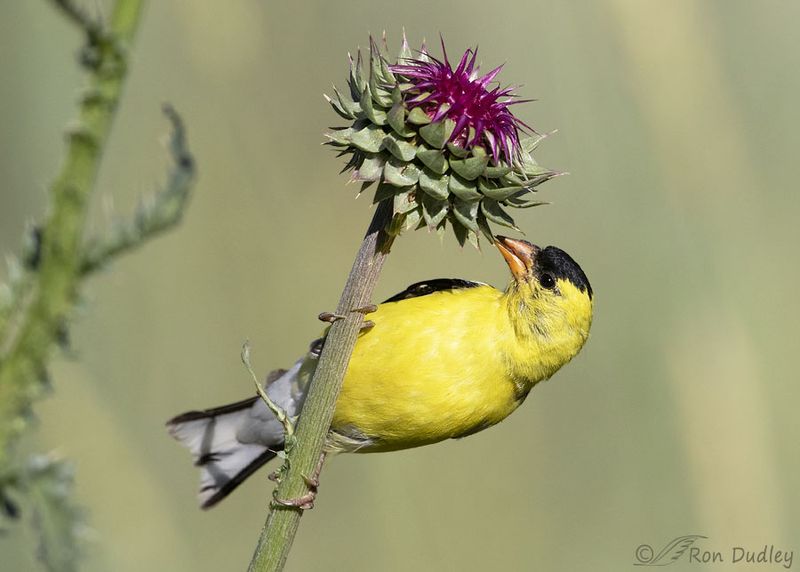
Weighing less than a slice of bread, American Goldfinches are living proof that beauty doesn’t require brawn. These tiny birds can barely lift a sunflower seed with their delicate beaks, yet survive harsh winters that challenge much larger animals.
Their flight muscles comprise nearly a third of their total body weight. Despite their weakness in traditional strength measures, they display impressive stamina during migration and can hang upside-down from thistles while feeding—a different kind of strength altogether.
10. Eastern Chipmunk
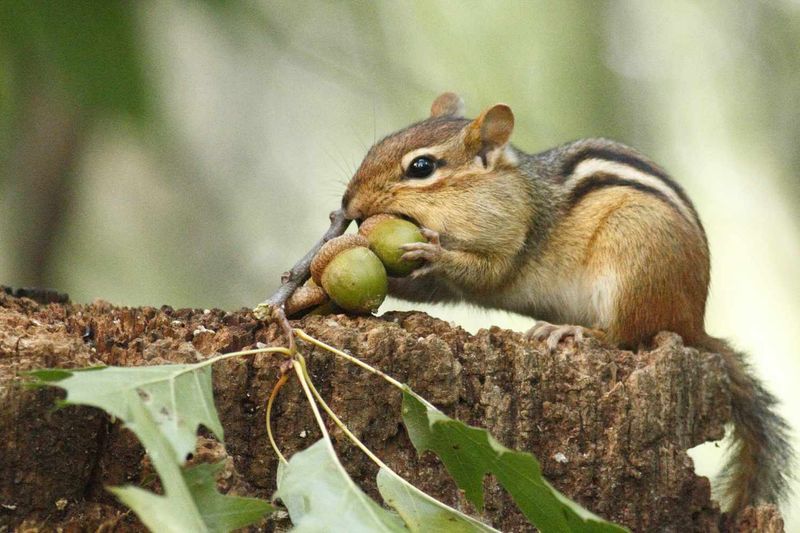
Eastern Chipmunks could fit in your coffee mug, yet these tiny creatures punch above their weight class in survival skills. Their fragile bodies lack the muscle to fight predators or even move moderate obstacles.
What they lack in power, they make up for in engineering. These pint-sized architects can excavate tunnel systems with multiple rooms and exits, moving dirt several times their body weight. Their hearts beat 350 times per minute, powering bodies built for speed rather than strength.
11. Butterfly
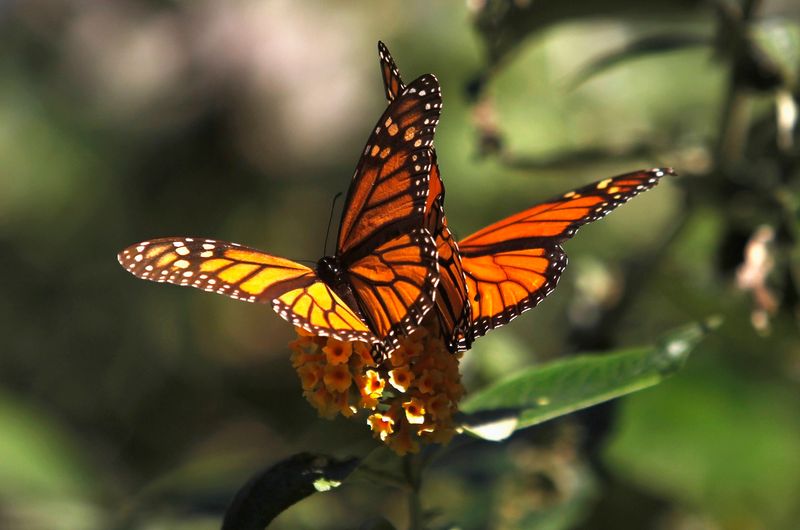
A butterfly’s wings are so delicate that even raindrops pose a threat. These gossamer beauties rely on camouflage and flight patterns rather than physical power, with muscles so small they’re practically microscopic.
During metamorphosis, they literally dissolve into genetic soup before rebuilding themselves. Despite their fragility, Monarch butterflies complete epic 3,000-mile migrations across America—proving that endurance sometimes matters more than raw power in nature’s grand design.
12. Shrew
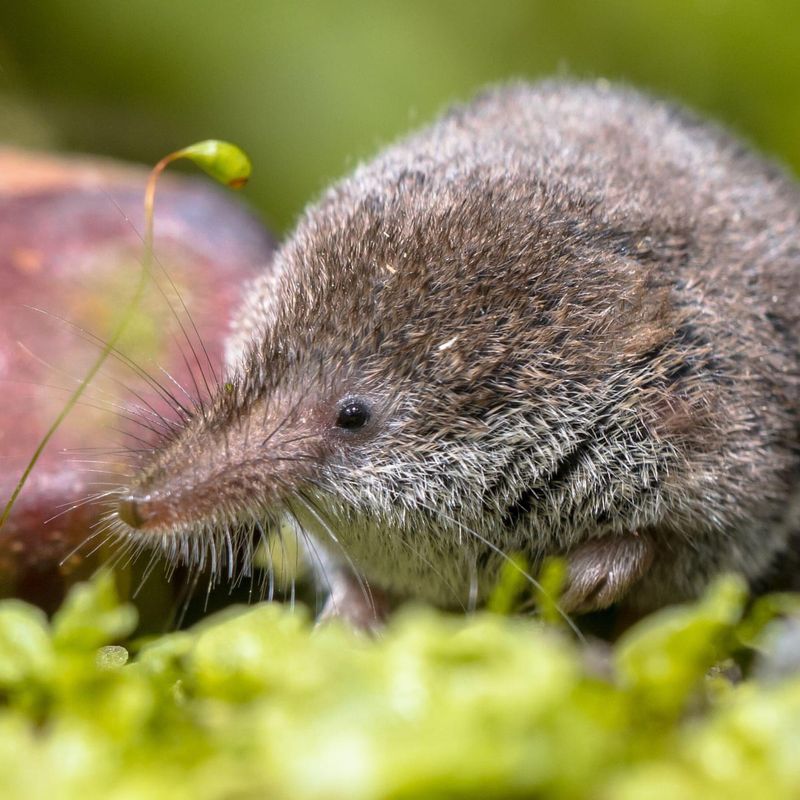
Shrews have hearts that beat 1,200 times per minute—so fast they appear to vibrate. These minuscule mammals must eat their body weight daily just to survive, lacking the strength to go even a few hours without food.
Their tiny muscles generate barely enough force to dig shallow tunnels. Yet they’ve evolved venomous saliva—rare among mammals—to compensate for physical weakness when hunting. Despite their frailty, their metabolic rate is among the highest of any animal on Earth.
13. Little Brown Bat
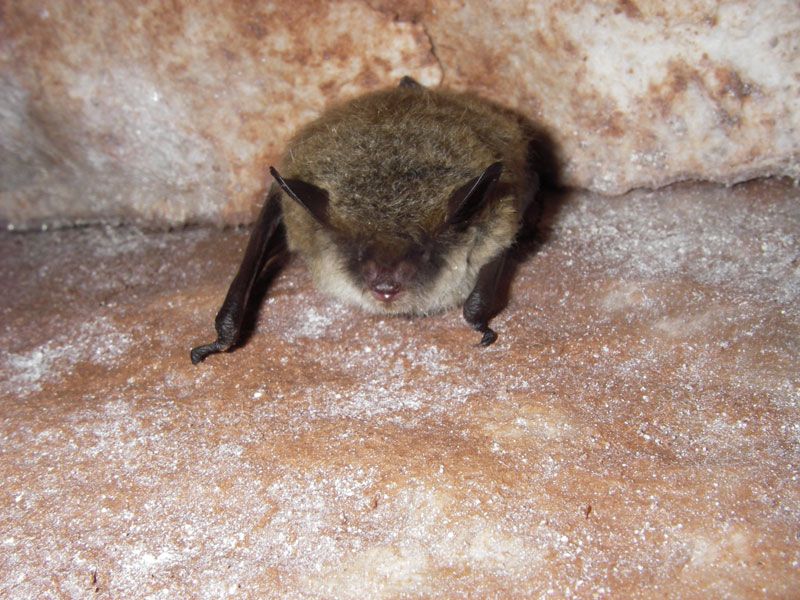
Weighing less than a quarter, Little Brown Bats are so physically weak they can’t even walk properly on ground. Their leg muscles developed for hanging upside-down rather than standing, making them awkwardly helpless when not airborne.
Despite this weakness, they execute aerial maneuvers that would make fighter pilots jealous. Their hearts—smaller than a pencil eraser—can pump fast enough to sustain 1,000 wing beats per minute during insect chases through complete darkness.
14. Frog
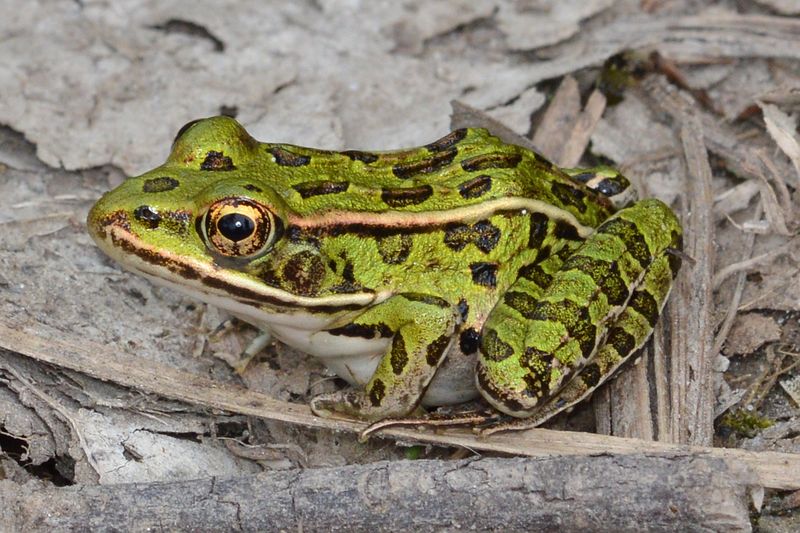
A frog’s muscles generate just enough power for impressive leaps, but they’re defenseless against most predators. Their thin skin tears easily, lacking the protective features found in stronger animals.
What they lack in brute strength, they make up for in specialized adaptations. Some species can jump 20 times their body length—equivalent to a human leaping over a building. Their remarkable jumping ability comes from spring-like tendons rather than muscular power, illustrating nature’s creative engineering.

